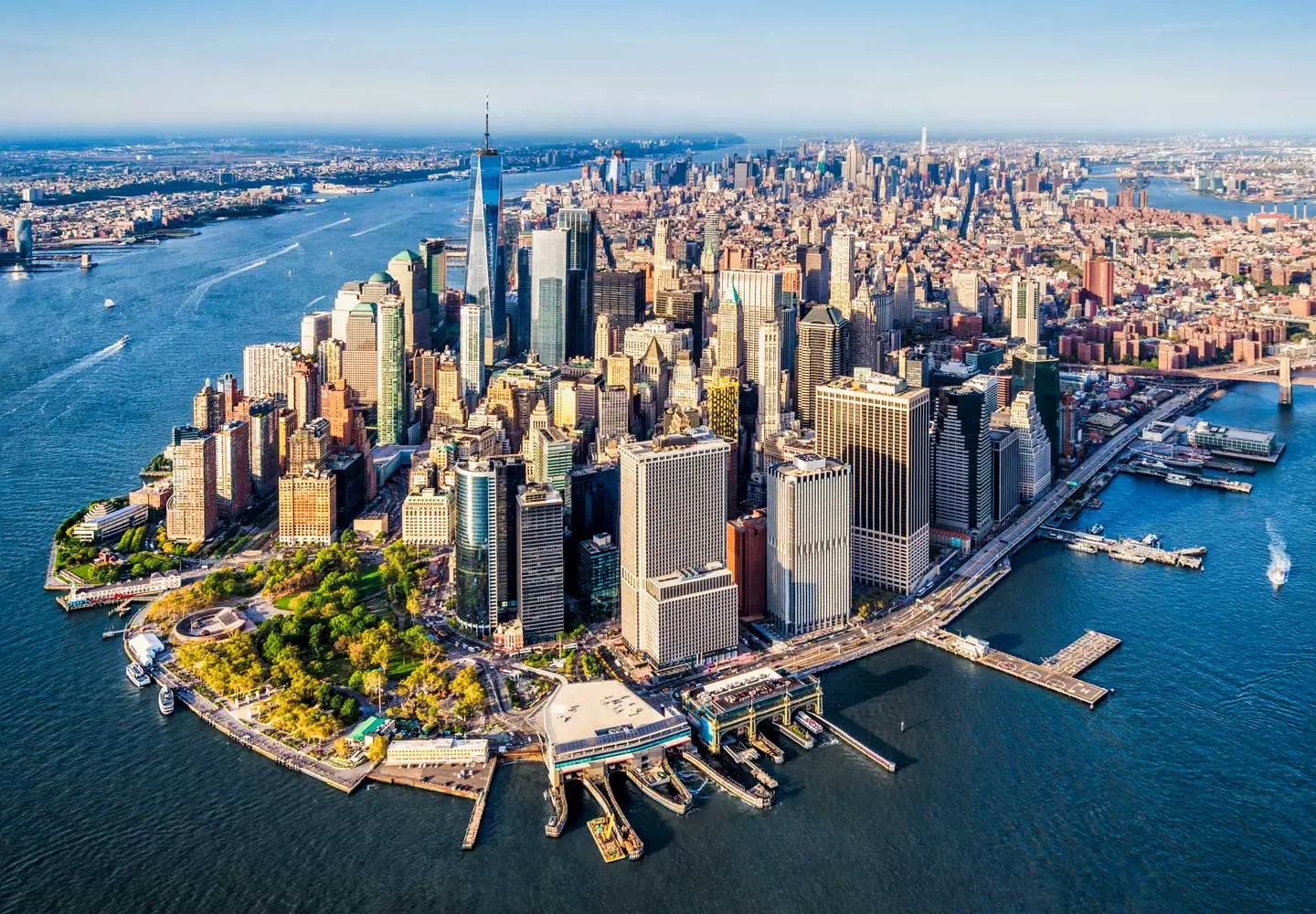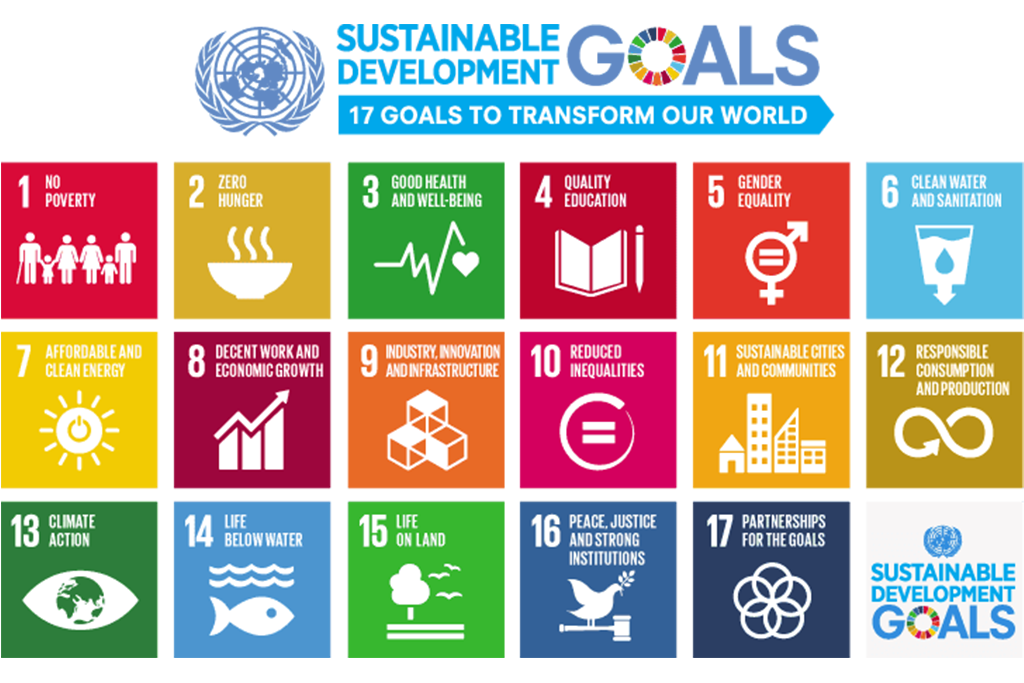
As a water treatment advocate and a New Yorker by birth, I feel fortunate that New York has one of the cleanest waters in the world, which I have often taken pride in measuring and comparing against water quality of other places that I have visited (Day Zero Water – Discovering Pathways to Clean Water). However, the challenge for the urban water planners is how to sustain the pristine water quality from the New York Watersheds (called the champagne of drinking water by a few2) so some of our NYC schools can avoid posting embarrassing signs such as, “Please do not use the water fountain at this time.” The irony is that we need to find smart ways to keep clean water “clean”.
New York City derives its water supply from three watersheds (Catskill, Delaware and Croton systems) from up to 125 miles north of New York City3, and the NYC Water Supply System is hailed as a marvel of hydrology and engineering. Spread over 2,000 square miles of upstate New York forests, farms and multi-use land, the NYC Water Supply System is comprised of 19 reservoirs and three controlled lakes, and provides 1.1 billion gallons of the purest drinking water to 9.5 million residents in New York City and Westchester, Putnam, Orange and Ulster counties4. It is the largest of the four U.S. city water systems to receive a limited waiver to supply unfiltered water from the Catskill-Delaware system, which is the source of 90% of the water supply to New York City5. On the other hand, the water from the Croton system (approximately 10% of the water to New York City) is filtered since 2015 thanks to a $3.2 billion construction investment (located in The Bronx, New York)6 – an important experimental group to compare with the unfiltered water from the Catskill-Delaware system (ignoring certain technicalities). Disclaimer: Data on NYC water is spotty albeit due to good reasons such as water security. It is encouraging to note that NYC has committed $1 billion over the next decade to protect the water from Catskill-Delaware watershed, the nation’s largest municipal water system7; however, it may likely cost $20+ billion to filter the Catskill-Delaware system water in my estimation!
Having worked at one of the most sophisticated water treatment plants in New York (this one not only has filtration but also ozonation), I know first-hand that turbidity is one of the primary indicators that local water treatment plants test and track every 4 hours (the others being pH, total dissolved solids, bacterial impurities, etc.). Measured in NTU (Nephelometric Turbidity Units) turbidity is the measure of relative clarity of a liquid (clear or cloudy) and can be impacted by phytoplankton, erosion, urban stormwater runoff, wastewater discharge, acid rain, algae and sediment disruption8. The higher the levels of total suspended solids in water, the higher the turbidity, which can be measured easily by light scattering devices. Raw turbidity at a water treatment plant which treats/filters Croton system water averages around 1.28 NTUs as compared to the treated water turbidity of 0.02 NTUs prior to release to the municipal supply system. However, the consumers (residential, commercial and industrial) who receive piped municipal water often see turbidity levels of 0.2-1.0x (which is 10-50x best standards). One of the key reasons is that only 10% of the water to New York City is filtered. Let’s try to understand some other key reasons.
Three big problems with New York City’s unfiltered potable water supply:
| Problems | What you need to know | Treatment / Discussion |
|---|---|---|
| 1. Turbidity |
|
|
| 2. Aging Pipe Infrastructure |
|
|
| 3. Bacterial, Viral and Parasitic Impurities |
|
|
The unfiltered Catskill-Delaware water has higher turbidity and pollutants than the filtered water from the Croton system based on water testing at a few places in Westchester County vs. New York City. I was surprised to see that certain NYC schools had signs requesting no-use of water fountain for several weeks this summer and fall. That is not what would expect from New York City. In-transit turbidity within the water pipes is greater than that of treated water by a factor of 10-50x best standards, which suggests that the pipes may be badly corroded or there may be cross-contamination, which raises the need to formally test and make publicly available water samples from different test locations (there are 965 water sampling stations in New York City). Clean water is not a place to cut corners. In the long-term investing in a filtration plant for the Catskill-Delaware water is in the best interests of the people of New York. I would also recommend that there be mandatory legislation on the age of piping infrastructure (say no more than 100 years) – if we can repair our roads and bridges, we can certainly invest in better hygiene and public health.




New York City water planners and the DEP (Department of Environmental Protection) have done a commendable job optimizing the existing water systems while promoting water conservation and managing demand to fall within available supplies. In the 25-year measurement period 1990-2015, demand decreased by approximately 30% despite a 19% population increase over the period16. This was achieved through a variety of water efficiency projects, retrofits, education, metering, gradual increase in water service charge in bills, water benchmarking, optimizing leak detection programs and optimizing pressure management. New York City has been approving significant capital investments in water treatment over time and I am hopeful that they will approve a water-filtration plant for the Catskill-Delaware water in the foreseeable future. Additionally, New York City needs to consider diversifying its water source including considering investment in reverse osmosis desalination plants – back-up water capacity can be more critical than back-up power (it also reduces our vulnerability to exogenous events). According to S&P Global Sustainable 1 Analysis, by 2050, the biggest physical risk from climate change facing New York City overall will be a lack of water, potentially leading to shortages for the city’s more than 8 million inhabitants17.
My not-for-profit organization, Day Zero Water, is committed to raising water awareness in the state of New York. As a high school student, I am determined to voice these concerns as access to clean water is no longer a third world issue. We have seen droughts in Europe. California, Colorado, New Mexico and faced pressure points (low reservoir levels) in our state of New York this year when water levels were at an alarming low due to extreme heat. Water treatment, conservation and reuse are some of the most pressing issues that our leaders need to be focused on. I have seen first-hand noticeable dips in water levels on monitoring screens at water treatment plants when a golf course turns on its sprinklers in hot weather and water supply companies have to scramble to manage the load, which suggests that either usage-regulations are not strict or surcharge for excess usage needs a fresh look. It behooves on us to actively discuss water management issues in New York and alert our elected officials if we want to avoid unfortunate situations such as in Flint, Michigan and Camp Lejeune, North Carolina.
References:
- Arcadis Study Ranks 50 Cities by Water Sustainability – Water Finance & Management (waterfm.com)
- Why New York’s tap water is called ‘the champagne of drinking water’ – Curbed
- New York City Watersheds Provide More Than Just Drinking Water – Water Footprint Calculator (watercalculator.org)
- Water Supply – DEP (nyc.gov)
- Maintaining the Superiority of NYC’s Drinking Water (columbia.edu)
- Croton Water Filtration Plant – Water Technology (water-technology.net)
- A Billion-Dollar Investment in New York’s Water – The New York Times (nytimes.com)
- Water and Wastes Digest Magazine, What is Turbidity? | Water & Wastes Digest (wwdmag.com)
- First WTP to use DAF with ozonation and filtration (wateronline.com)
- The first DAF water treatment plant in the United States – ScienceDirect
- Aging water infrastructure in the United States | Deloitte Insights
- City Says Water at a NYC Housing Complex Has No Arsenic – The New York Times (nytimes.com)
- Catskill-Delaware Water Ultraviolet Disinfection Facility – Wikipedia
- Contamination of Drinking Water and Soil by Sewage and Water Treatment Sludge (orst.edu)
- Preventing Lead Leaching – Safety Zone Water Systems
- NYC Water Demand Management Report June 2016, water-conservation-report2016.pdf (nyc.gov)
- https://www.spglobal.com/esg/insights/flooding-isn-t-the-only-water-related-climate-risk-facing-new-york-city









